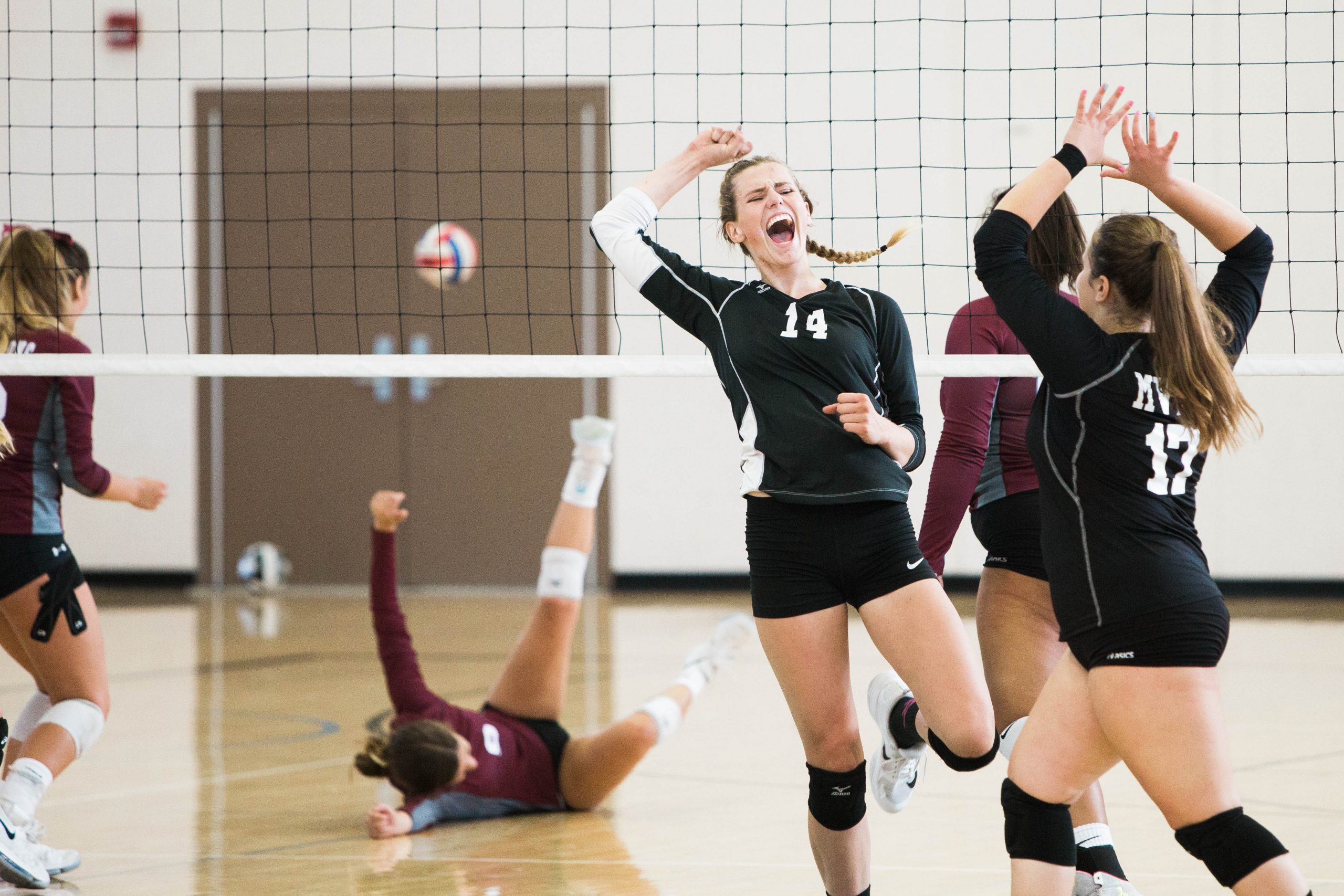Tyler Shippel ND, CISSN
Some of the greatest moments of my younger years were spent through sport and competition. I continue to look back and remember the thrill of a game winning goal, winning a championship, or friendly weekend tournaments. I could not imagine growing up having a shared interest in sport, but not participating due to stigma or limited access. After listening to female colleagues and friends share their negative experiences about sport participation over the years, it has been exciting to see the growth of female sport and competition over the last decade.
Promoting and expanding access to female sport at the recreational and competitive levels is important, but there is still very limited scientific research in the world of sport specific to females. Many women are unaware of the facts that there are key physiological differences that may affect their ability to improve performance, lose weight, build lean muscle mass, prevent injury, and maintain healthy bone mass. Almost all performance research completed over the last 50 years has studied male athletes. This gap in research leaves many questions left unanswered for female athletes looking to reach the next level, and the health care professionals looking to support them.
One area of sport medicine that I am interested in is called the “Female Athlete Triad”. This triad consists of low energy intake, low bone mineral density and menstrual irregularities. Around 7 to 8 out of 10 female athletes meet this criterion, and many are unaware of the impact that this can have on their overall health and longevity. It is difficult to hear this statistic because many cases can be prevented. The naturopathic doctor can provide an individualized approach to wellness and performance, taking into consideration the different requirements females need to meet their training goals while preventing negative health outcomes. Specific recommendations consider hormonal differences through the menstrual cycle as well as the life cycle (puberty, pregnancy, menopause). Since these cycles fluctuate between each person, a “one size fits all approach” simply can not be taken when it comes to supporting the female athlete.
This is a field of research that I am passionate about and continue to keep up to date with recent publications. I hope to be able to speak on this topic in more detail in the future, so keep following for updates on a virtual talk or at a location in Georgetown soon!
